System Suitability for HPLC
A learning path on HPLC system suitability covers method validation, key chromatographic parameters (precision, accuracy, resolution, tailing factor, and theoretical plates), and calculation methods. It includes troubleshooting, validation, and performance monitoring. Practical training with real chromatograms ensures proficiency in assessing system readiness for reliable analytical results.
4 Modules 2 Webcasts 1 Quick Guide
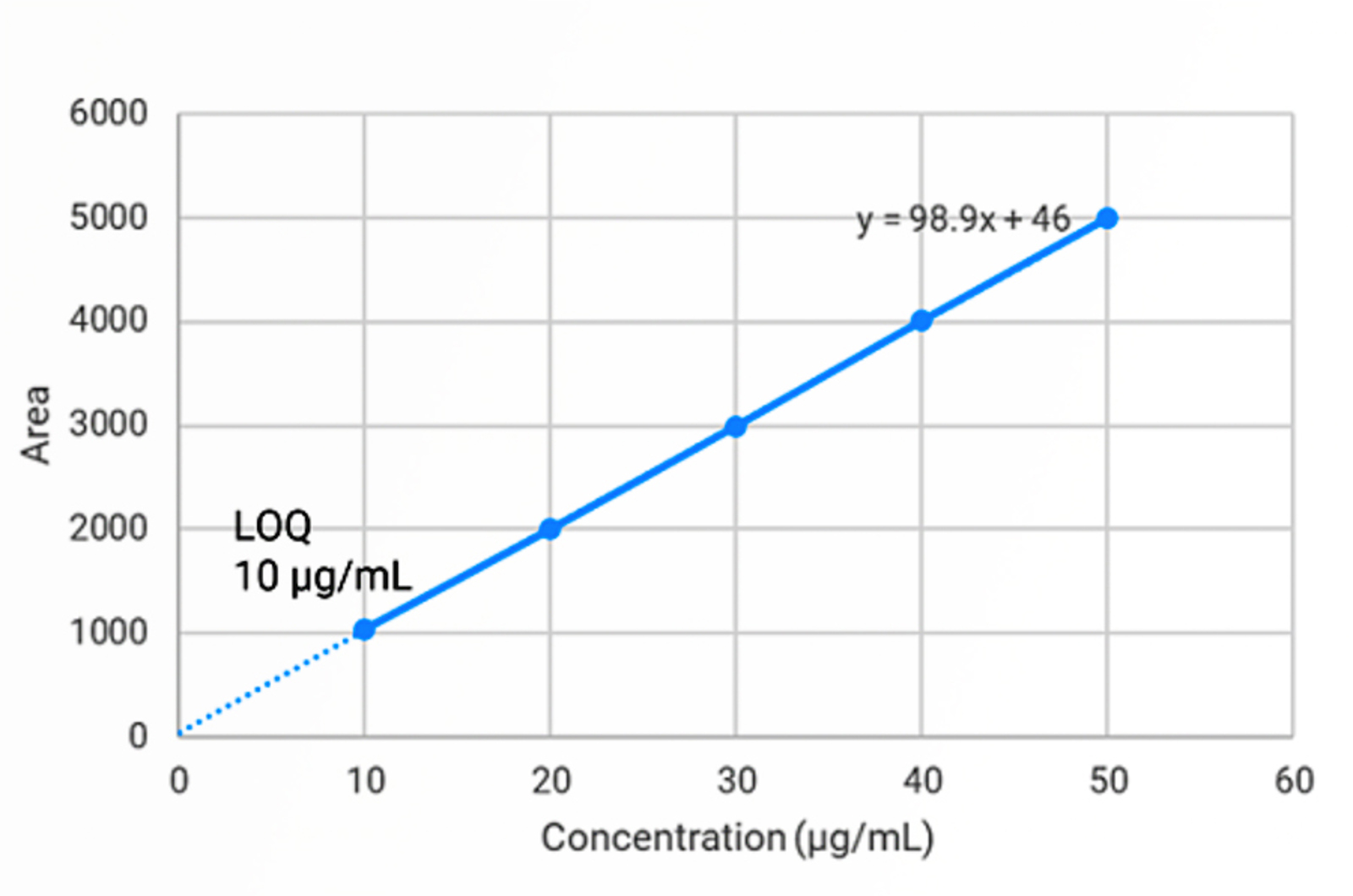
7 Items
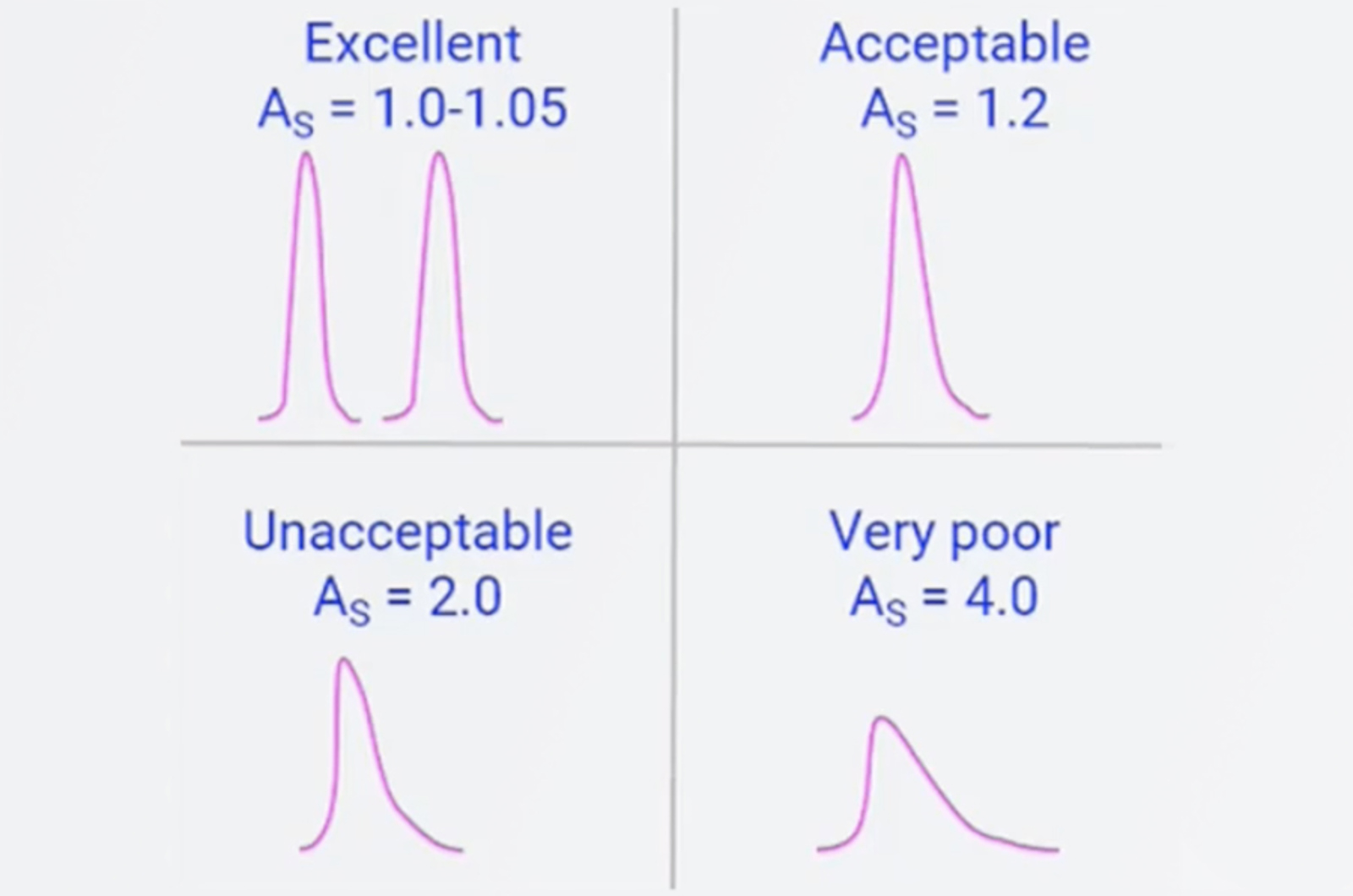
System Suitability for HPLC
System suitability is a series of checks built in to a sequence to ensure all sample data is correct and valid. This webcast will describe how we design and perform system suitability and which chromatographic parameters we should be assessing during the process.
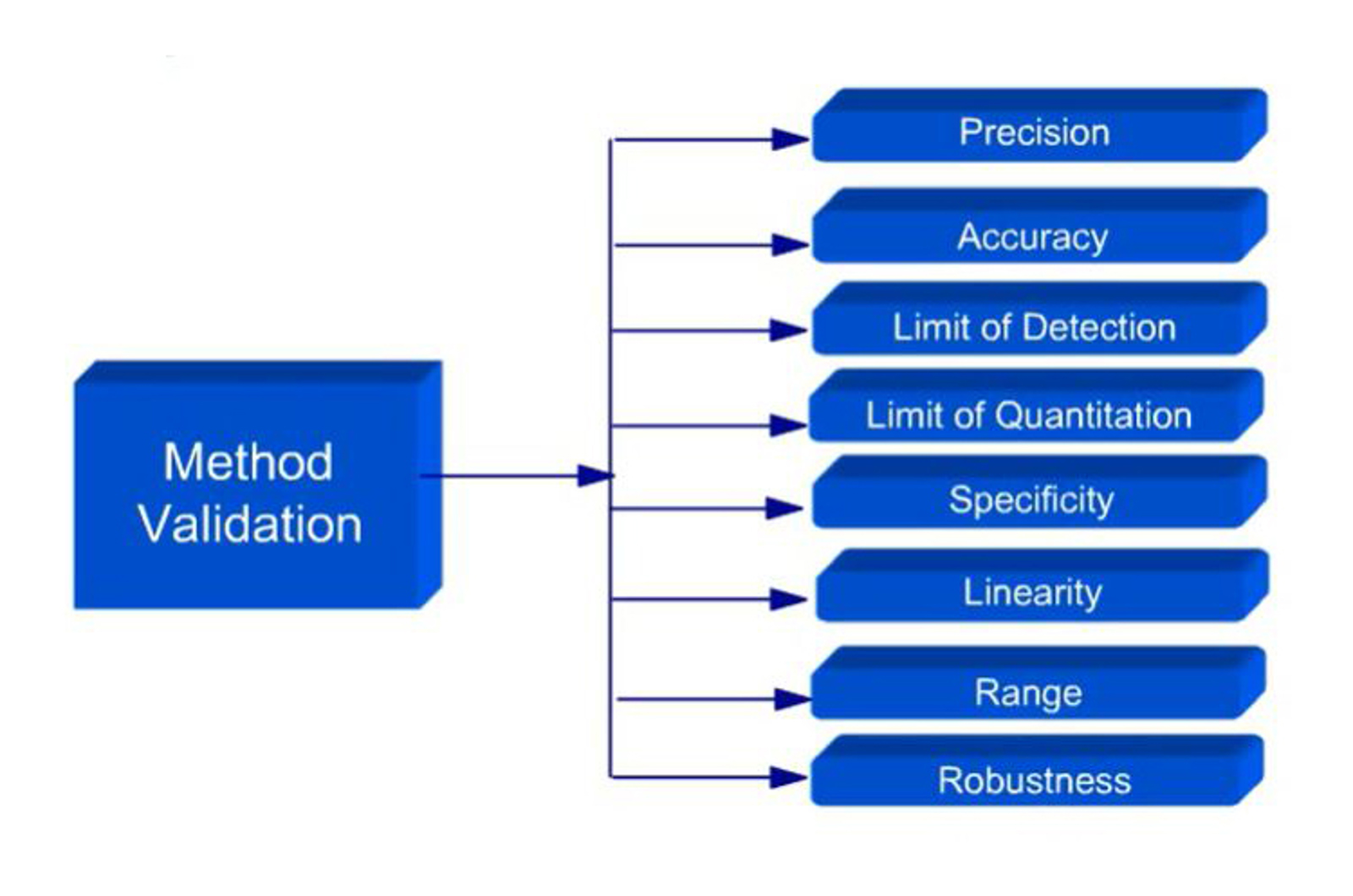
Method Validation - Principles
This module introduces the principles of analytical method validation. Each of the key parameters which are tested during a validation protocol are discussed in order to provide an understanding of what is being asked of the analyst and analytical method.
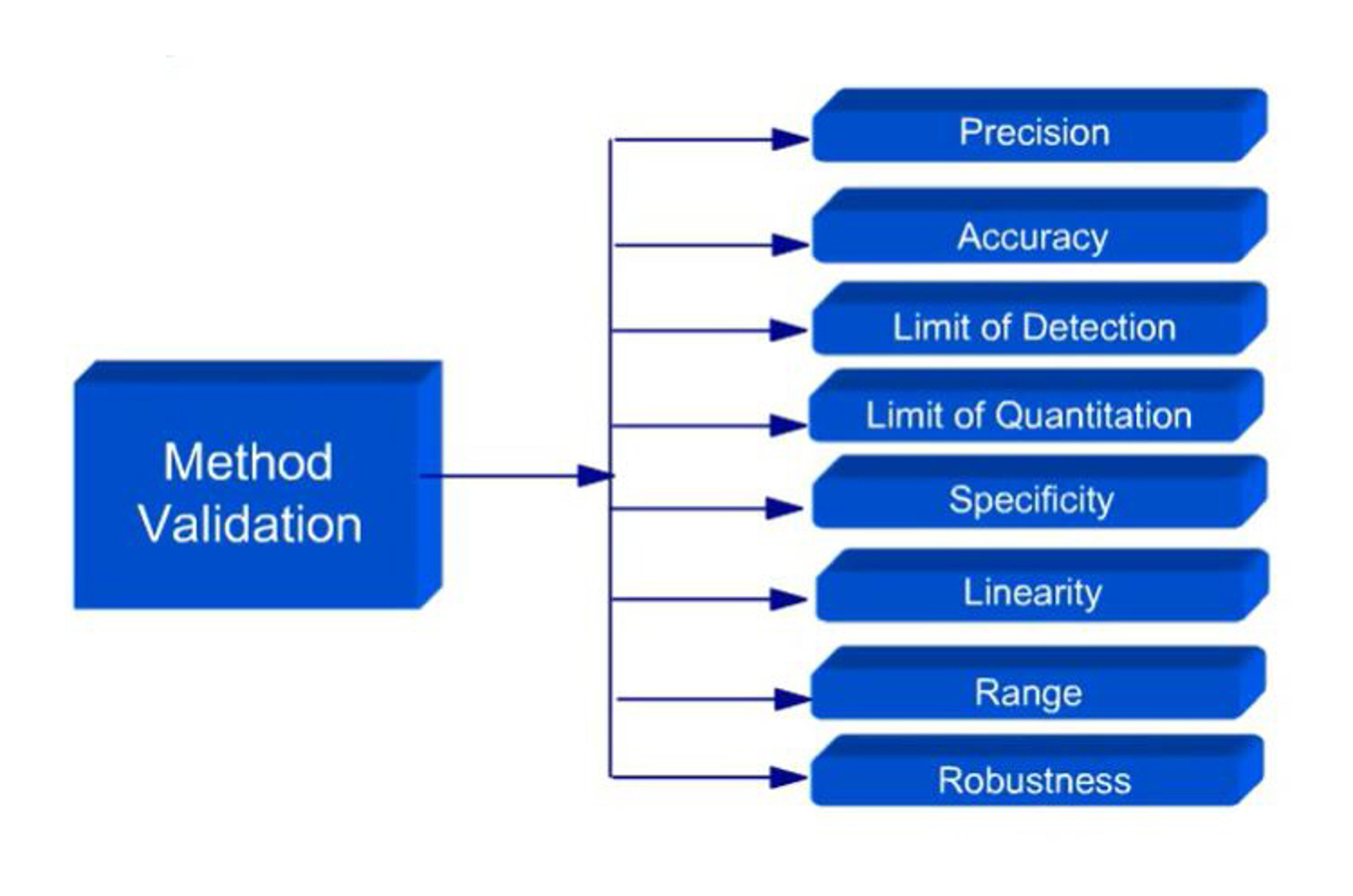
Method Validation - Technique
This module will walk you through the technique of method validation. Experimental design and analysis of the data it produces will be discussed in relation to the method parameter it is designed to assess.
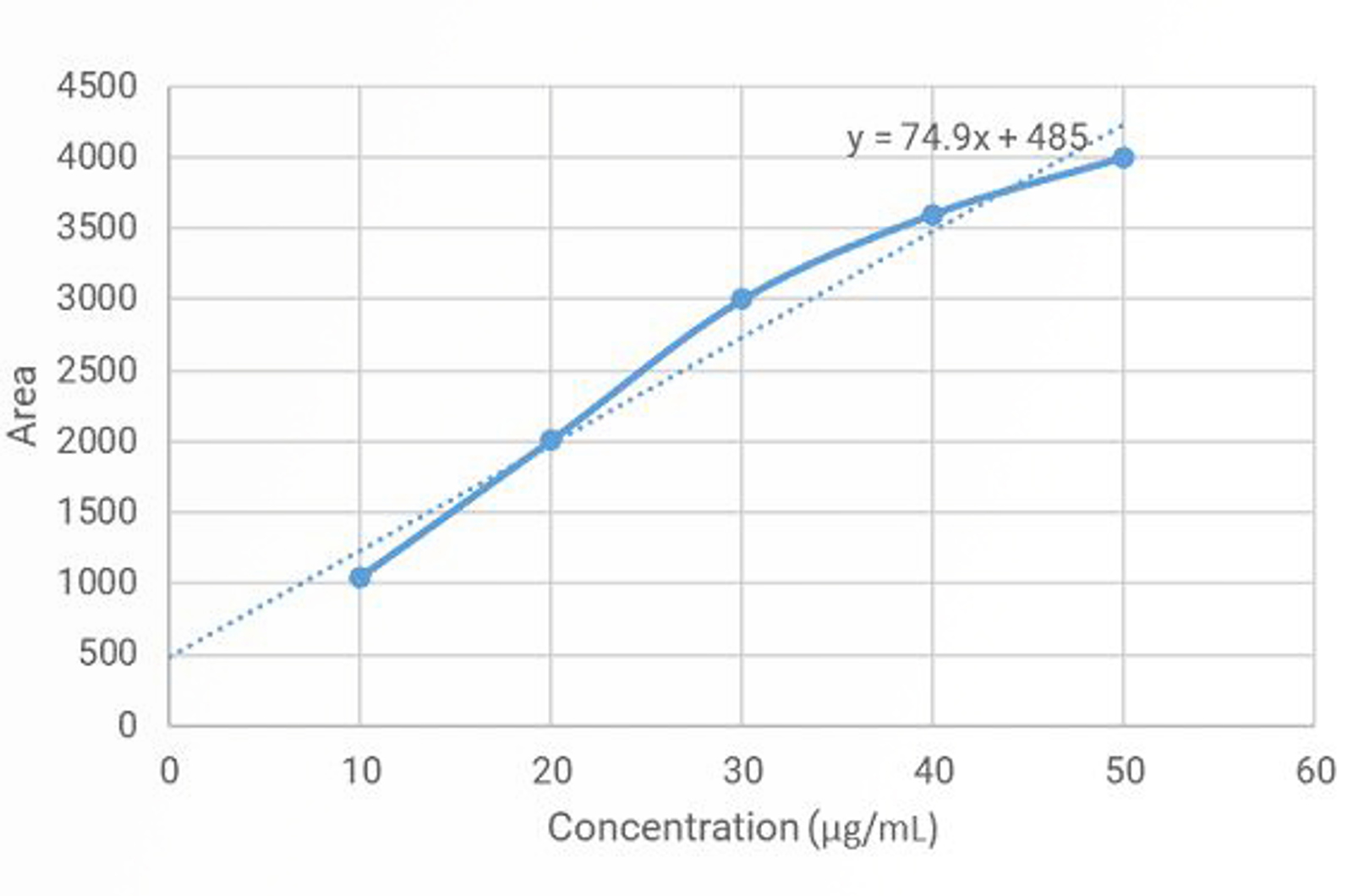
Quantitation and Calibration
This module will provide an understanding of the mathematical methods which are used to quantitate and calibrate chromatographic data.
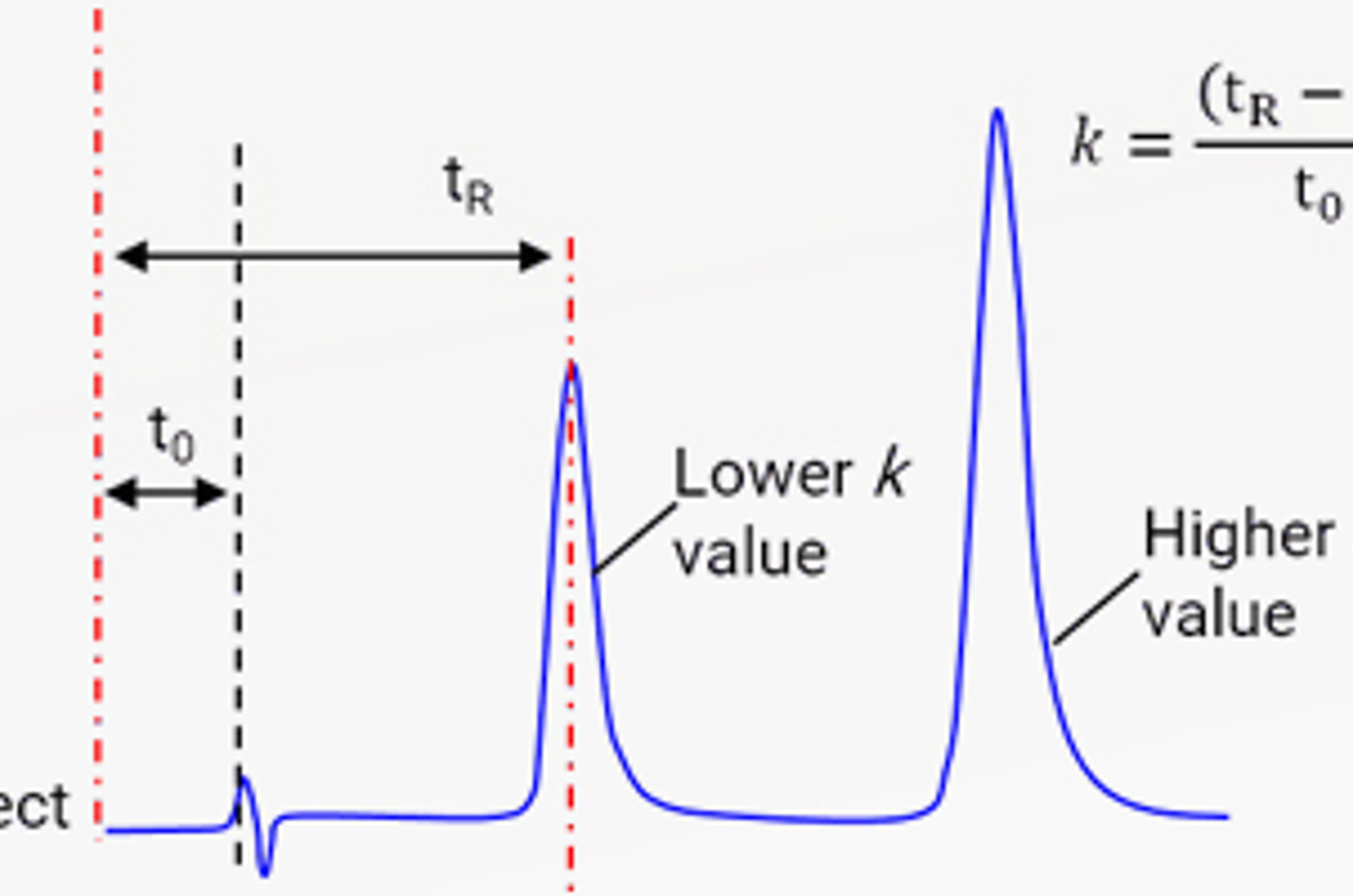
HPLC Chromatographic Parameters
The aim of this module is to introduce and explain the concept of chromatographic resolution. The resolution equation will be defined and its dependence on the chromatographic parameters retention factor, selectivity, and efficiency illustrated.
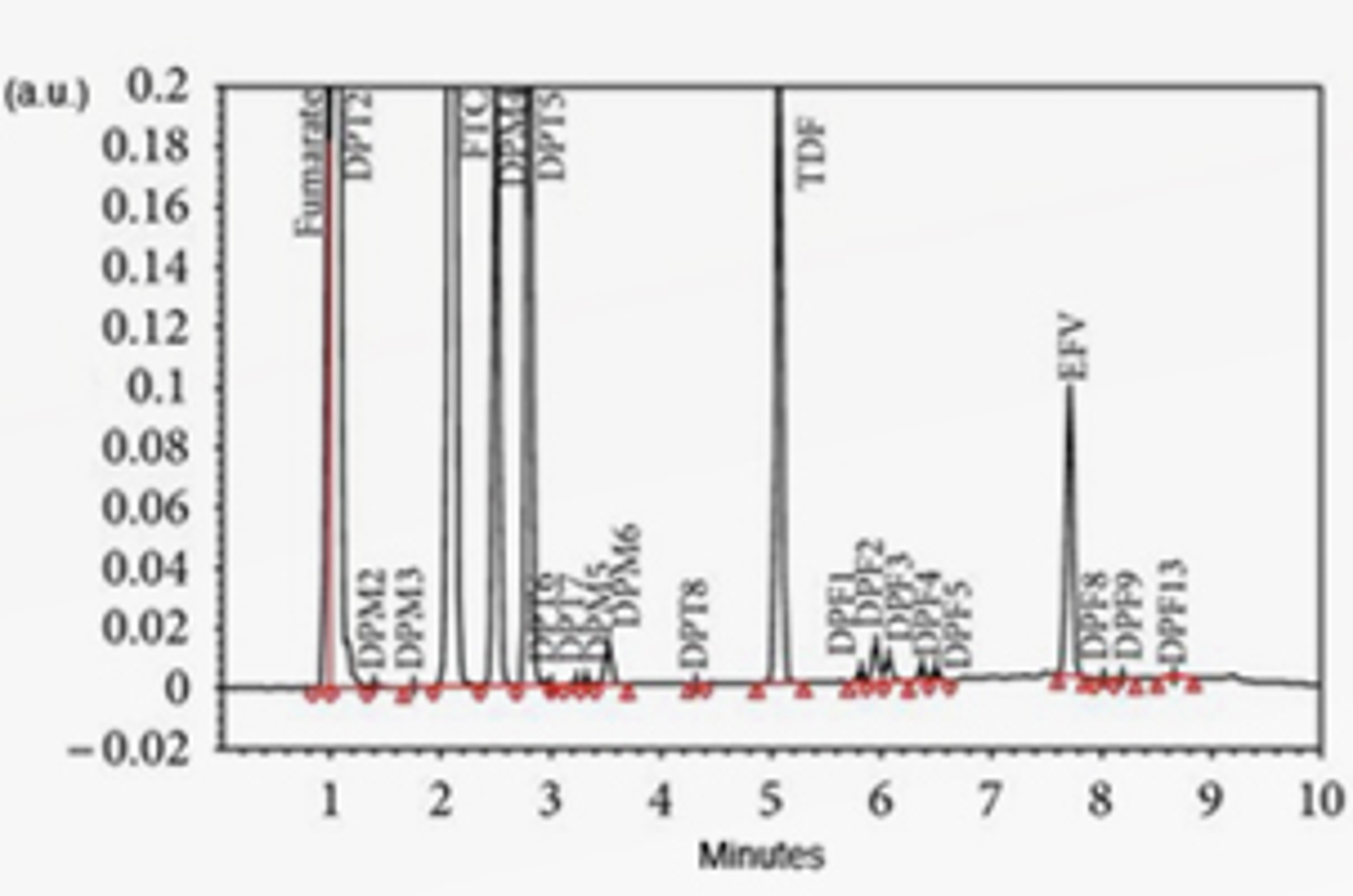
Setting HPLC Chromatographic Parameters
Whether you work in a regulated environment or not, setting chromatographic performance targets can help to keep us focussed. Let’s consider how to set these targets and examine some real life examples that may not always follow the rules.
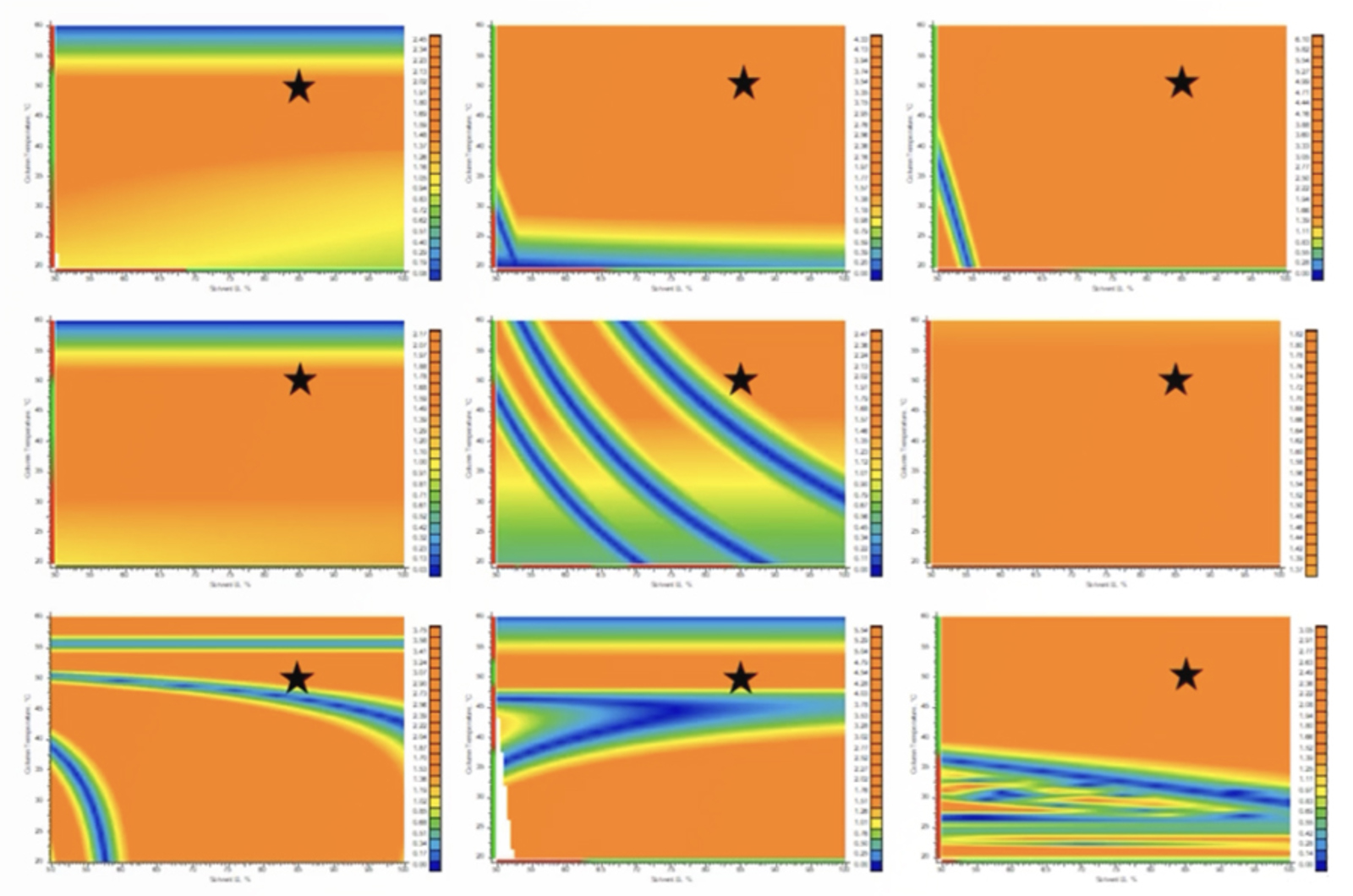
CHROMtalks - A Generic Methodology for Streamlined Performance Monitoring of a Wide Range of Reversed Phase UHPLC Columns Over Time
In this presentation, we introduce a single set of probe molecules that can be used for this purpose. The probe set and chromatographic conditions, which are useful for monitoring a wide range of column chemistries, temperatures, and pH conditions, were discovered via software-based retention. The approach has been applied to monitor the performance and stability of multiple columns using an automated ultrahigh-pressure liquid chromatography (UHPLC) screening system, thus illustrating its practicality and effectiveness.
